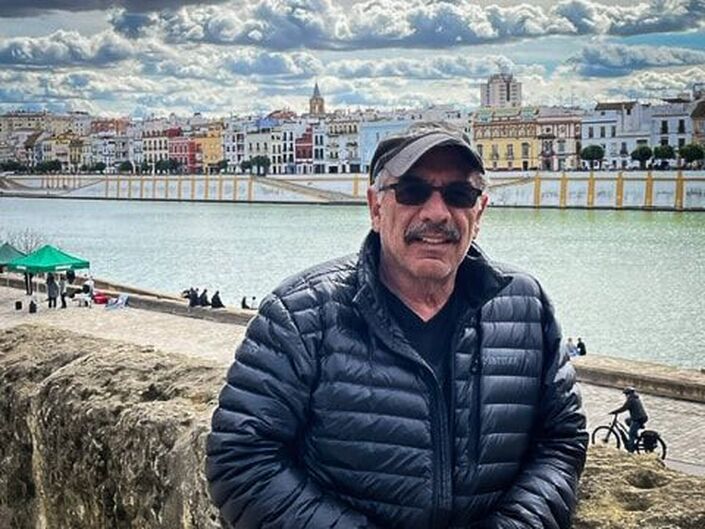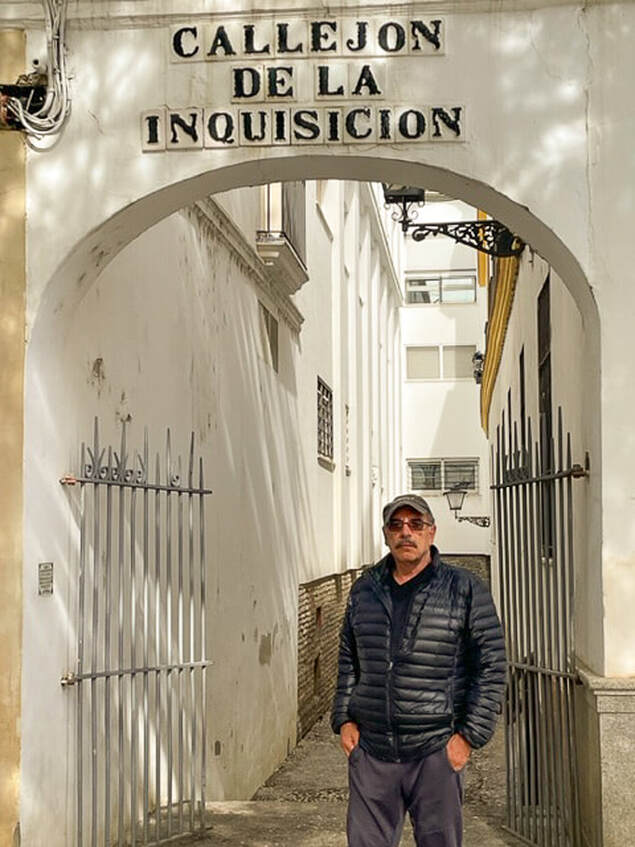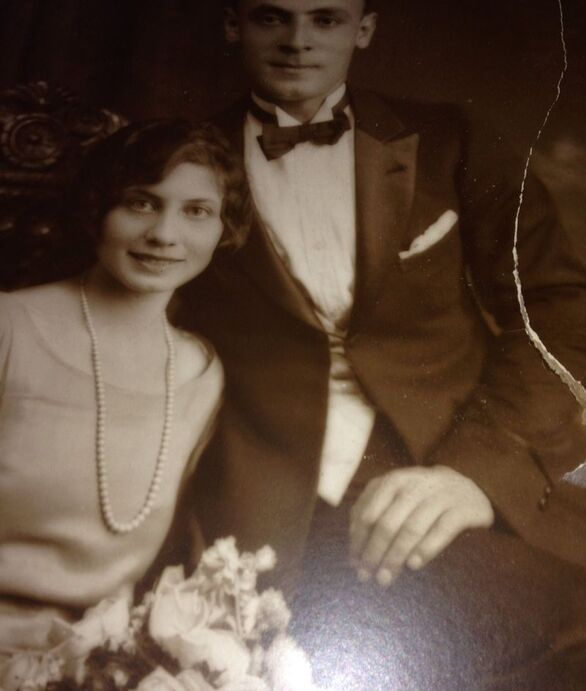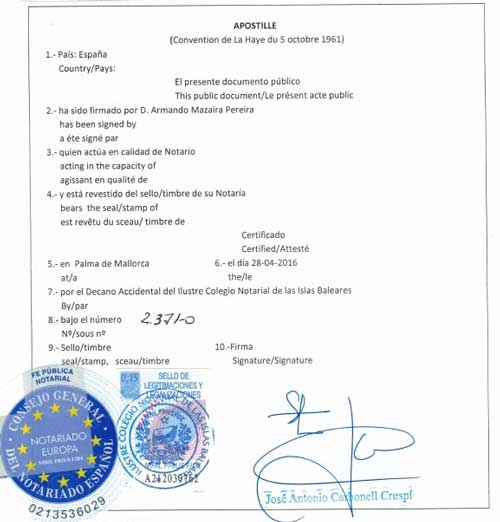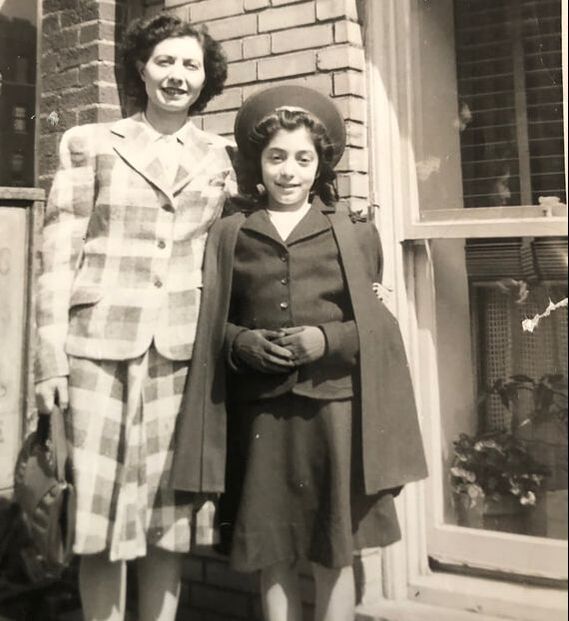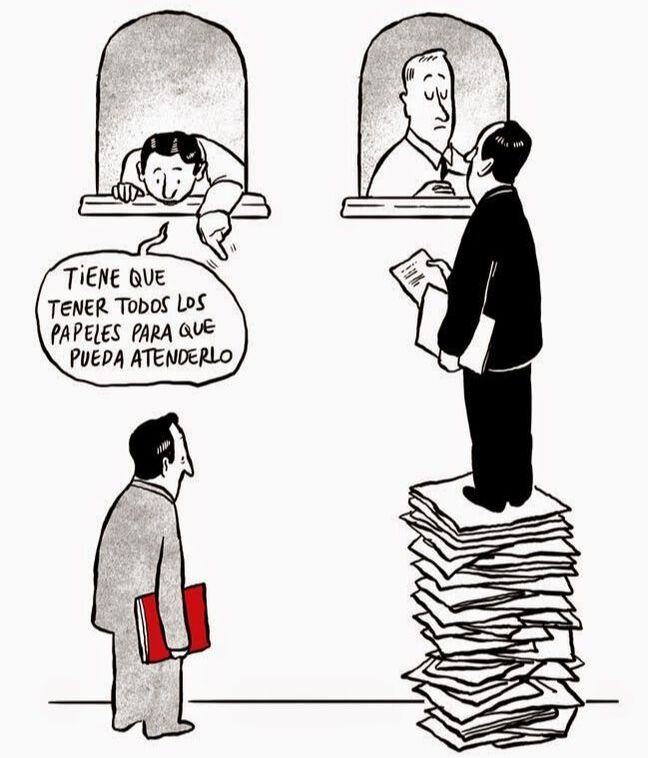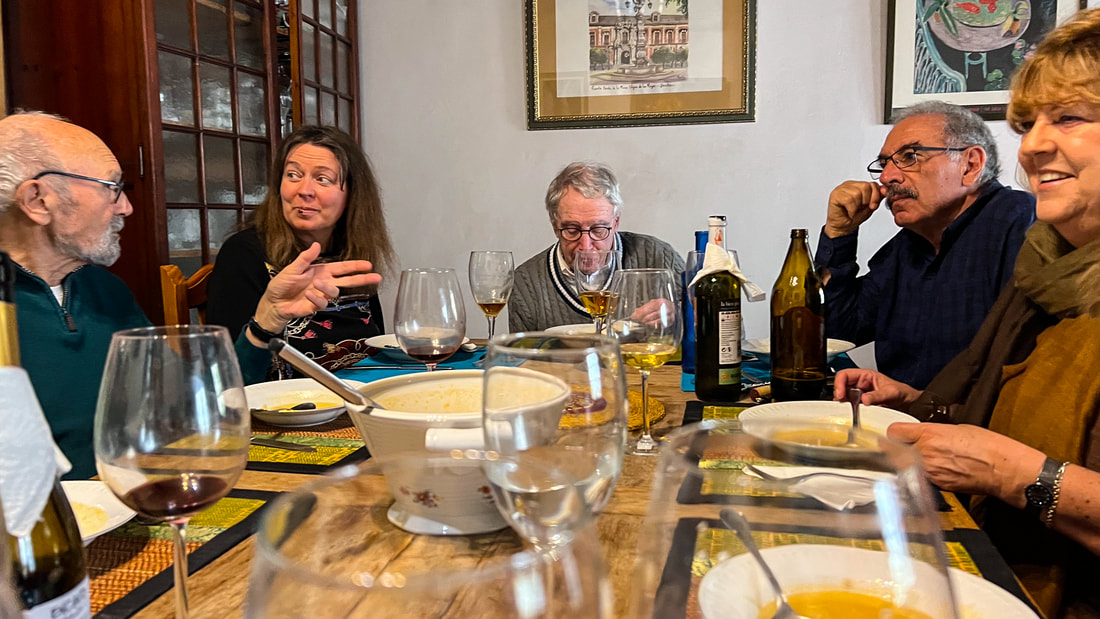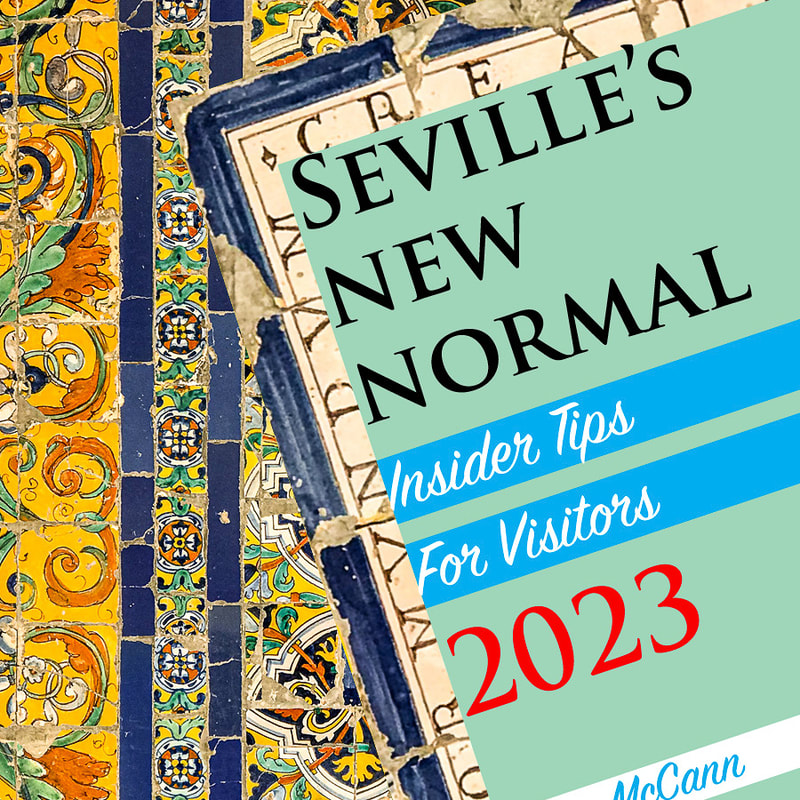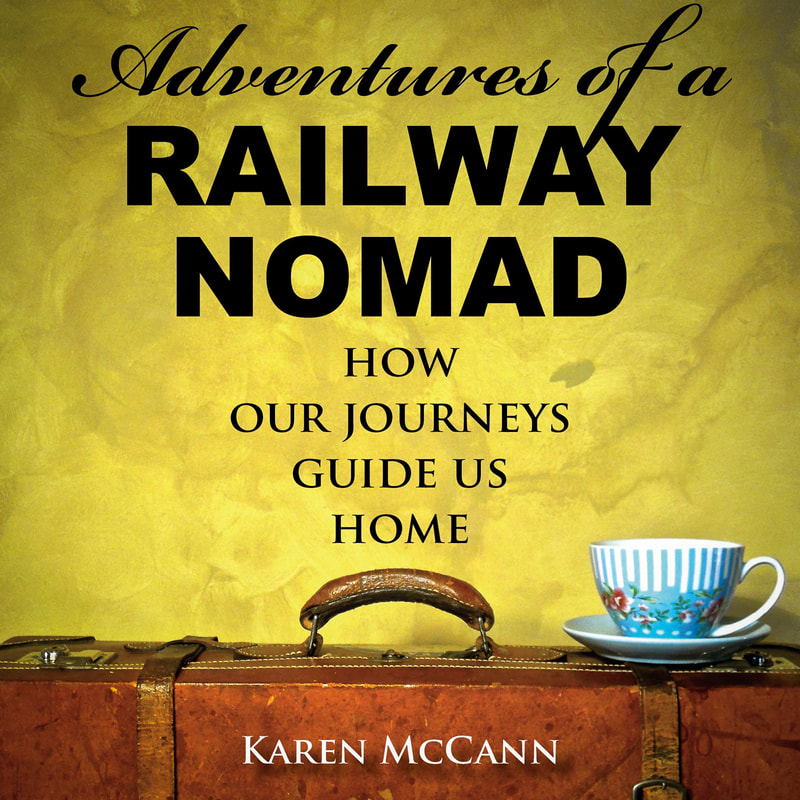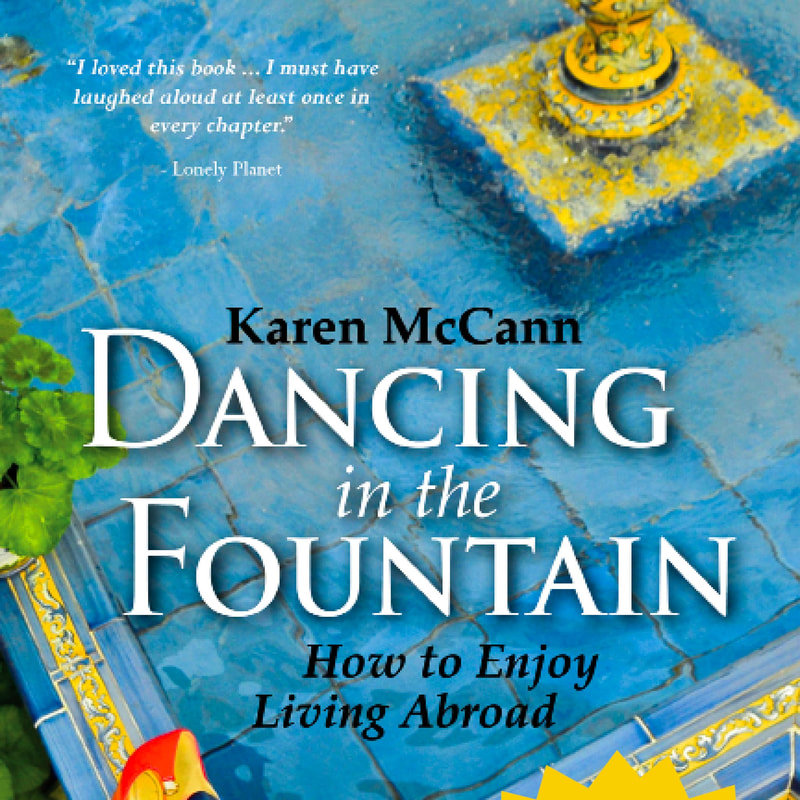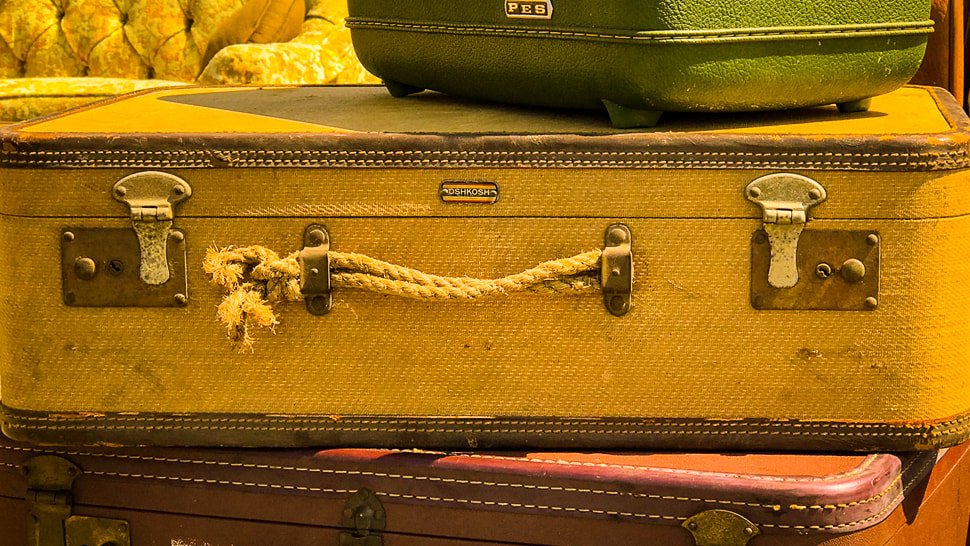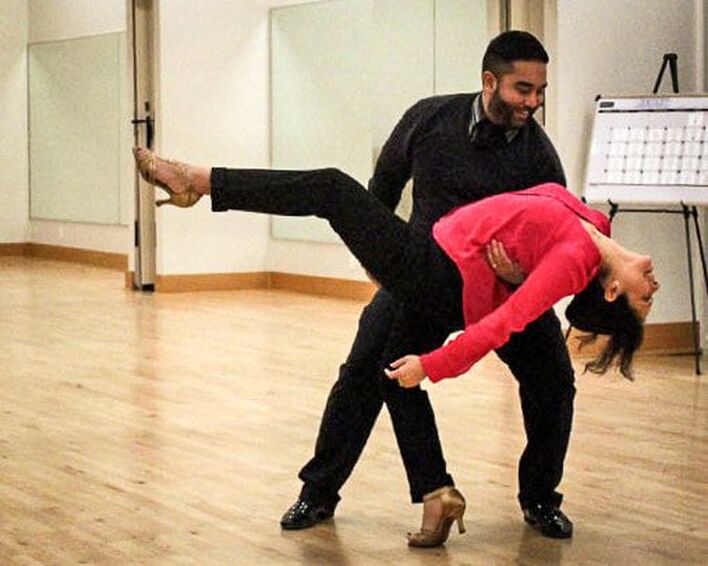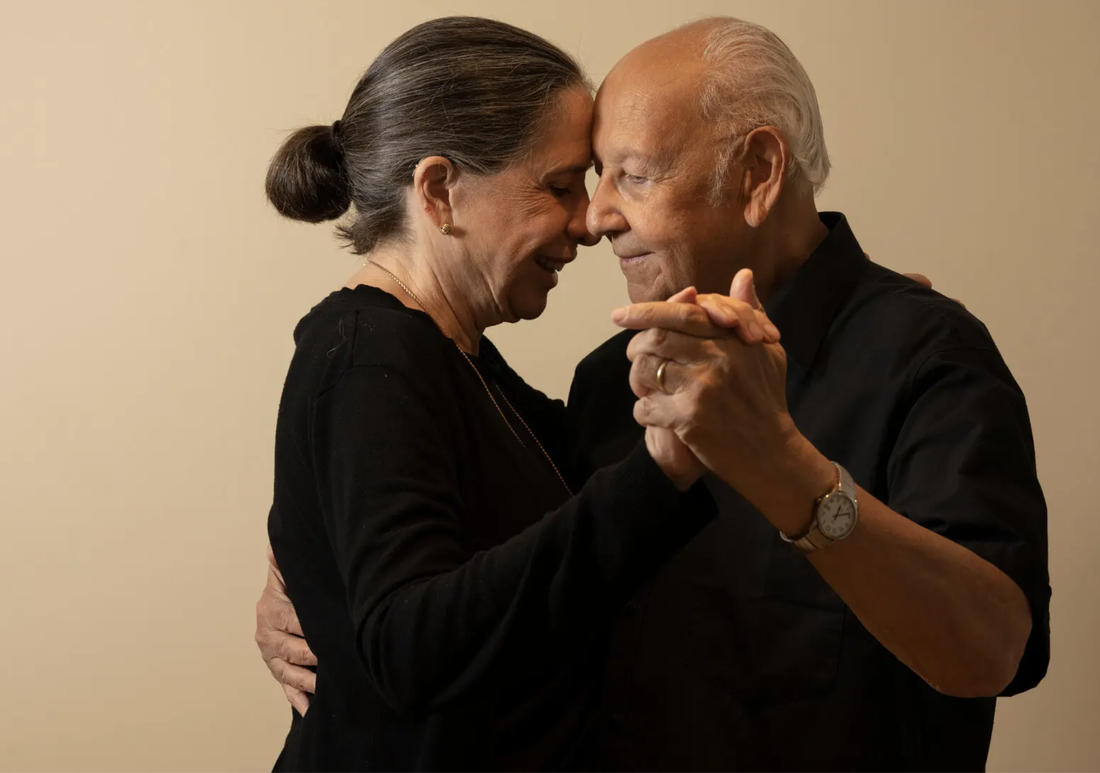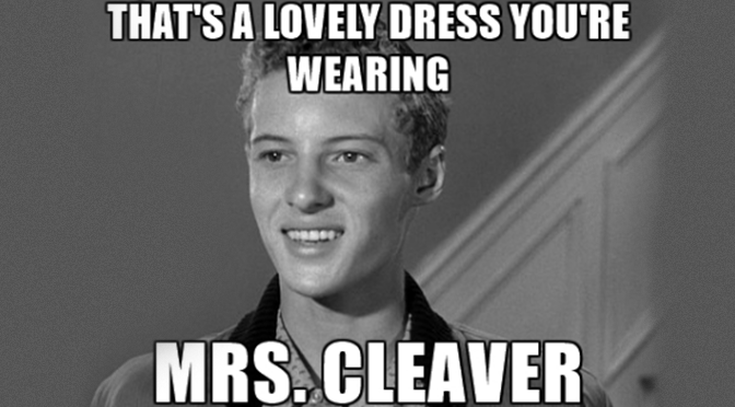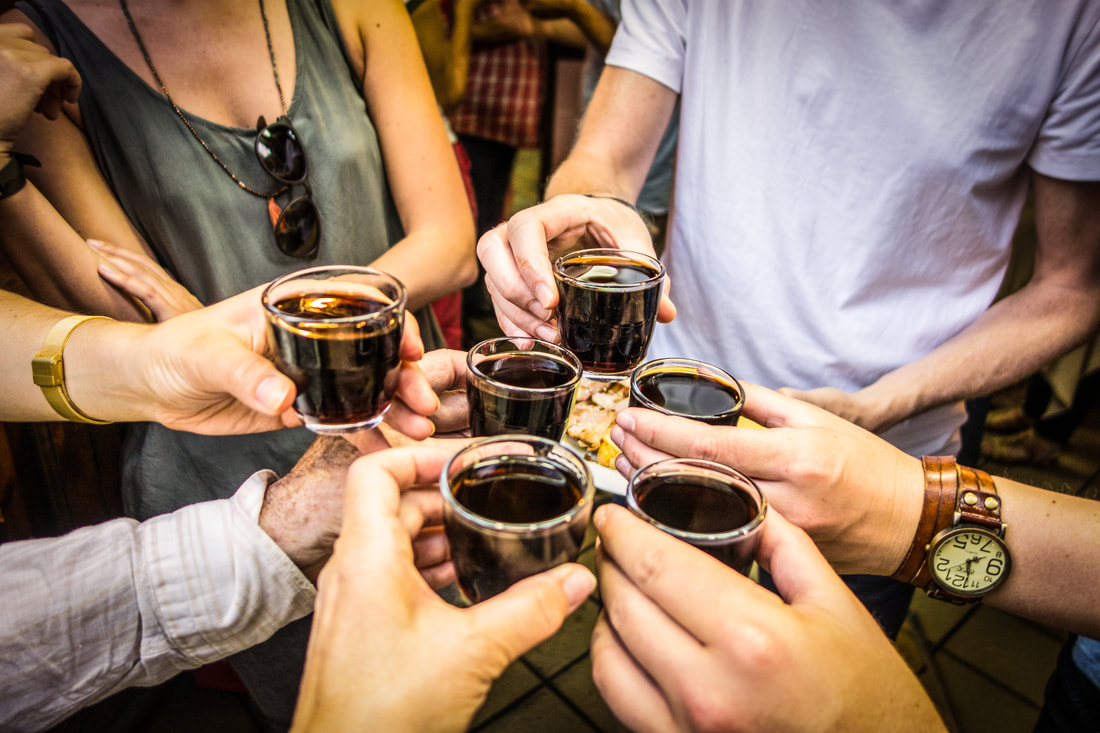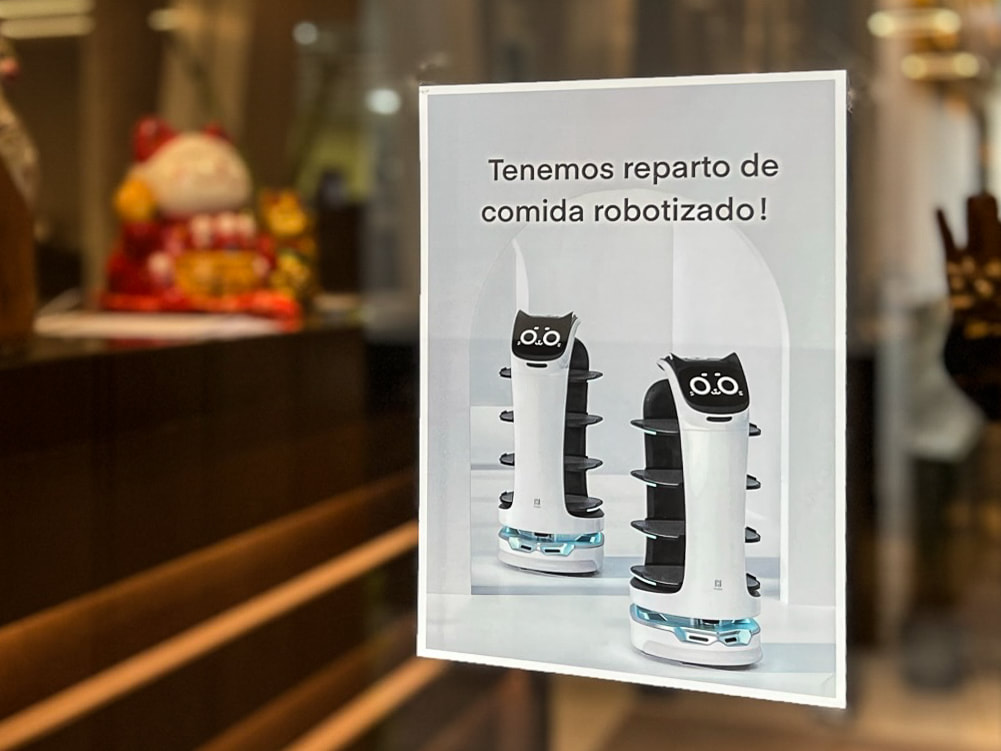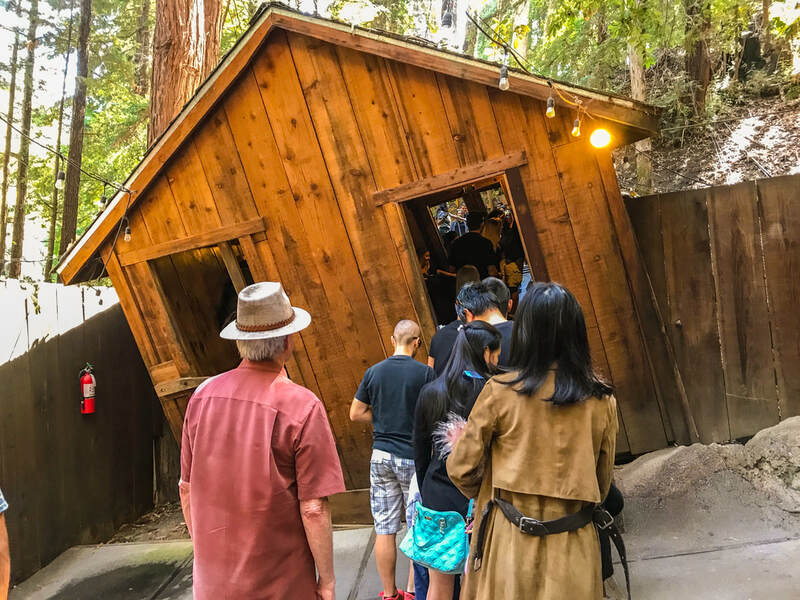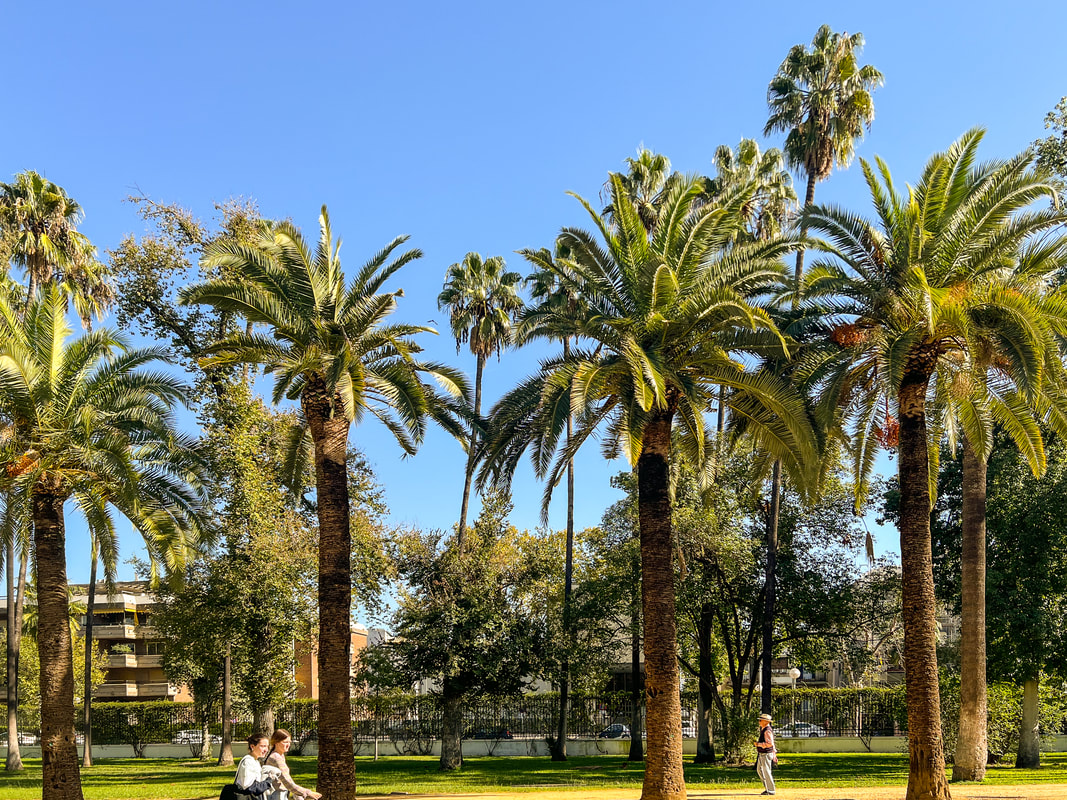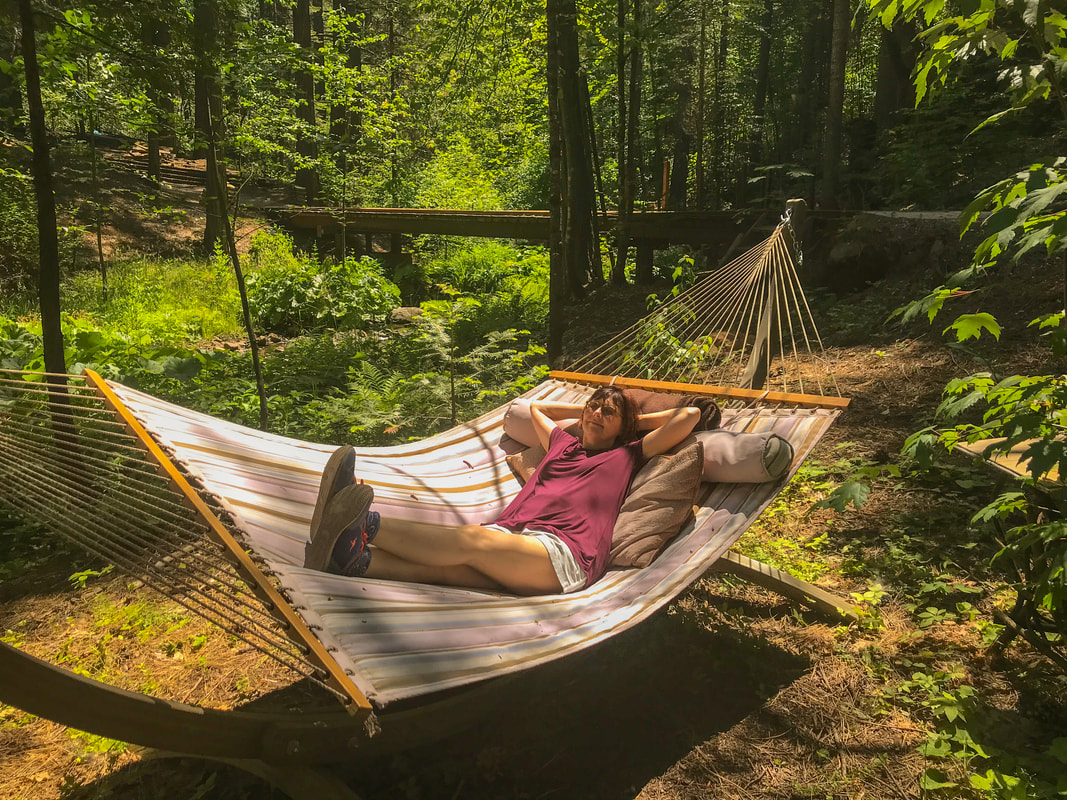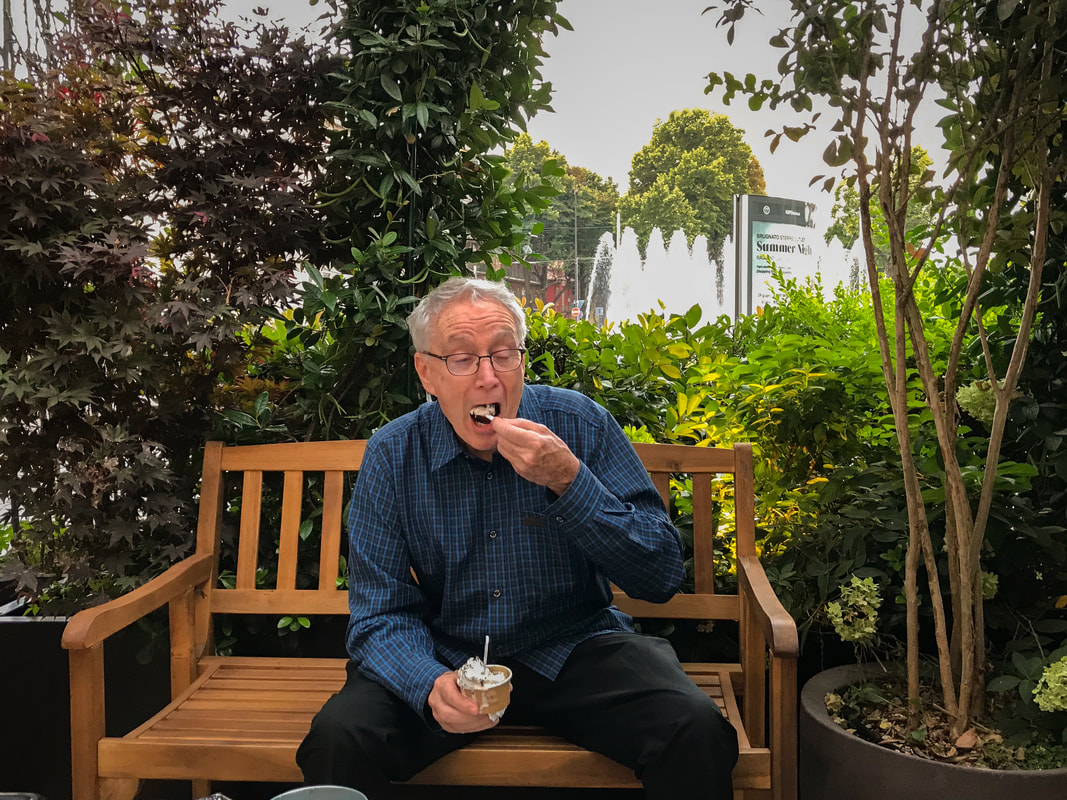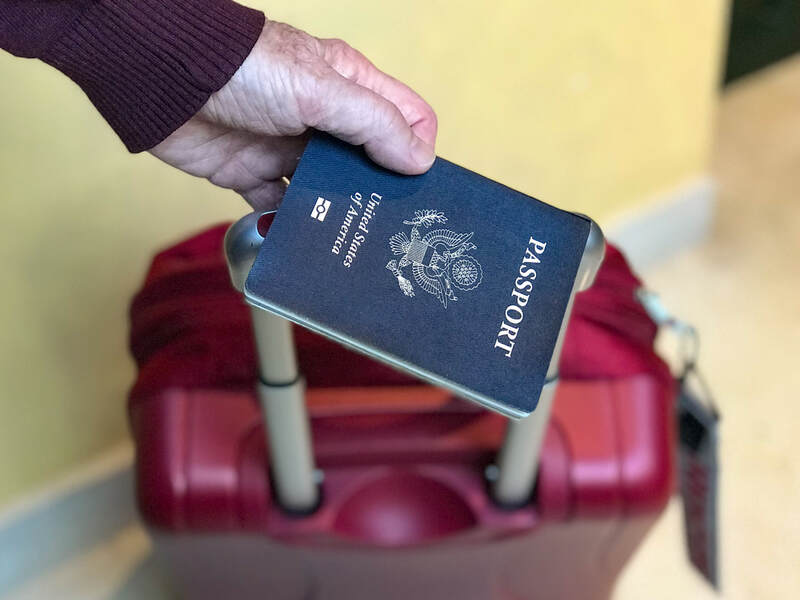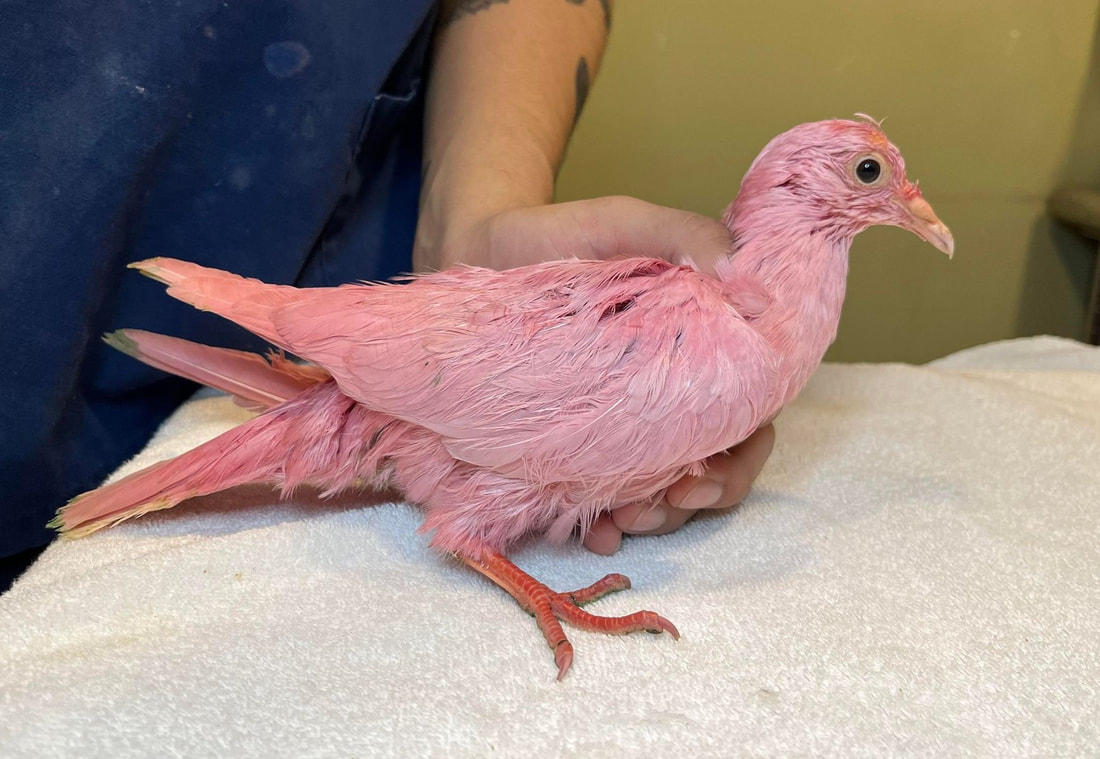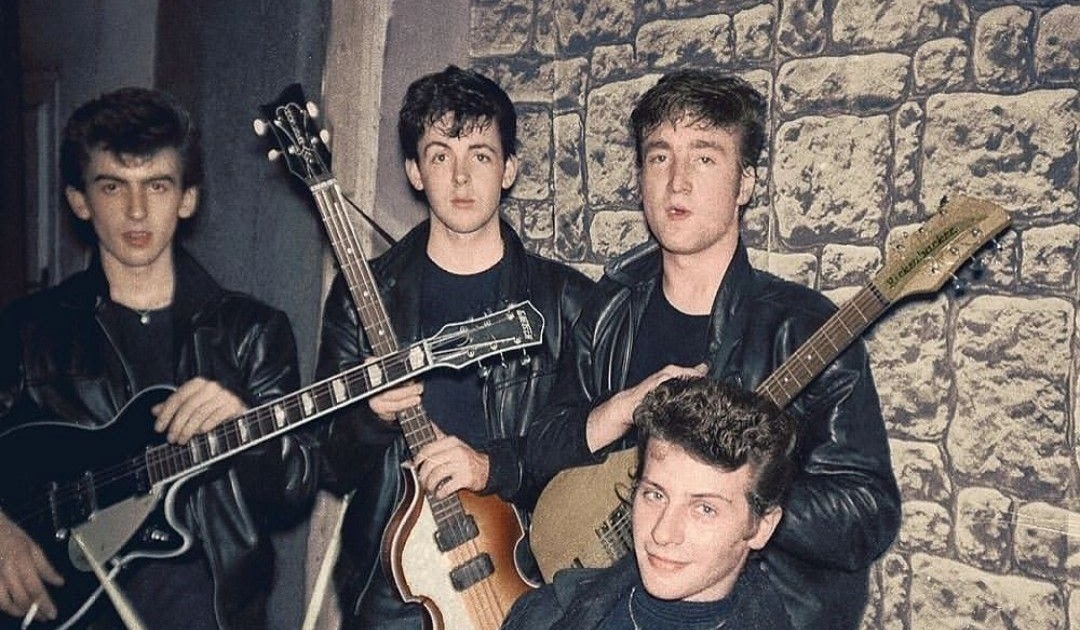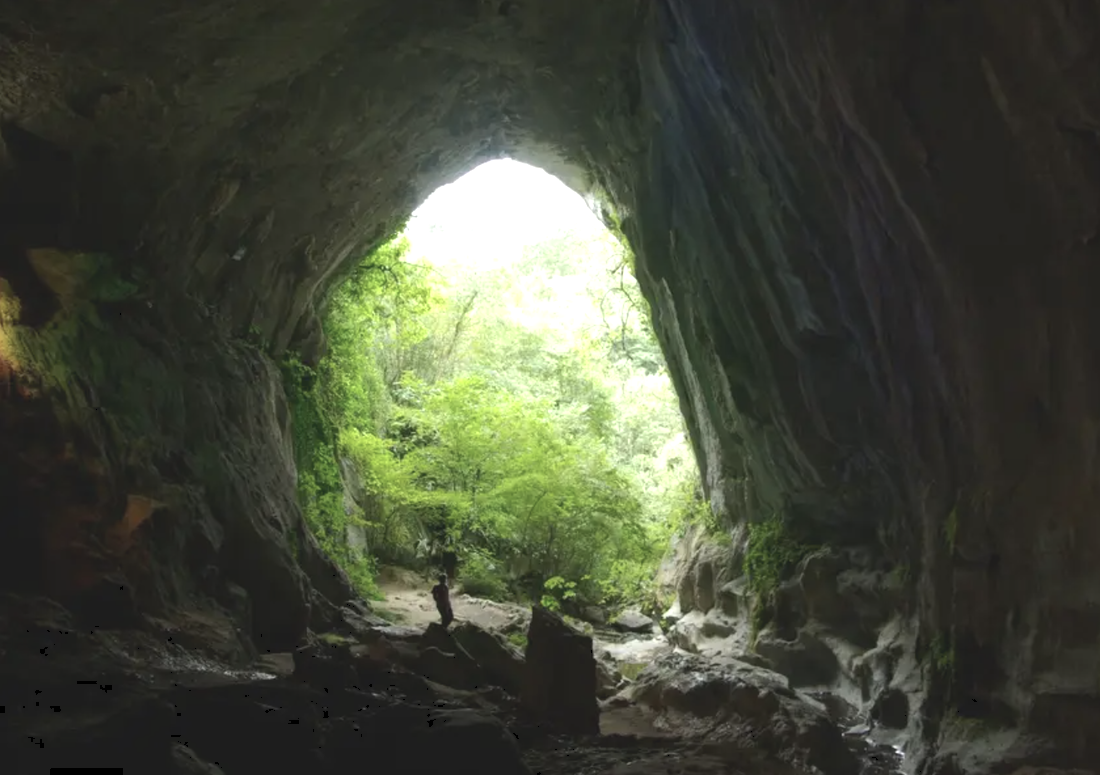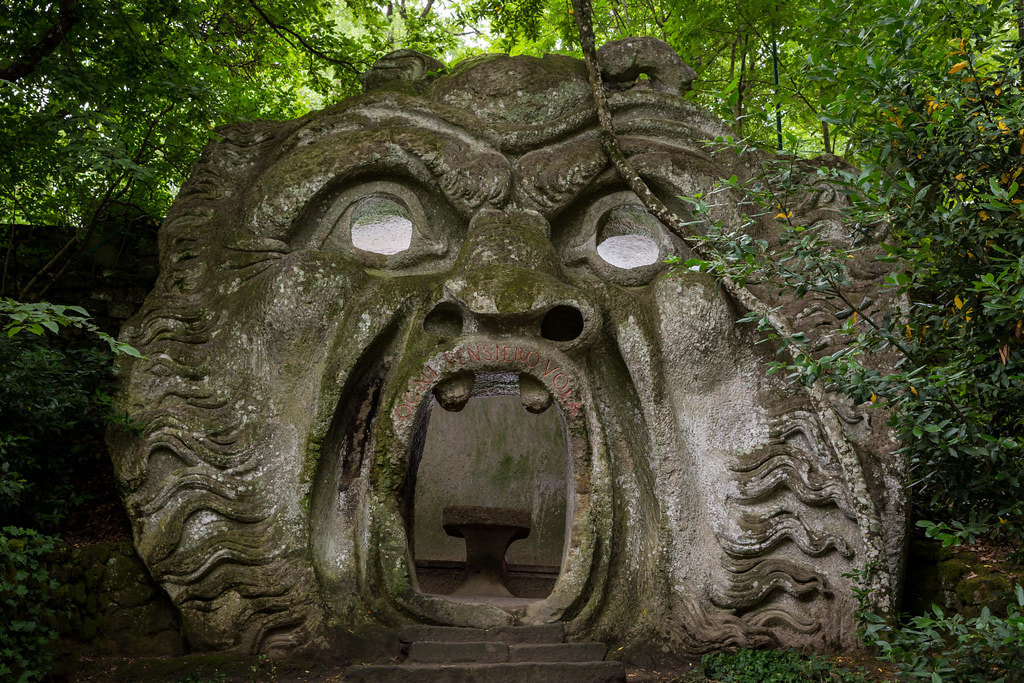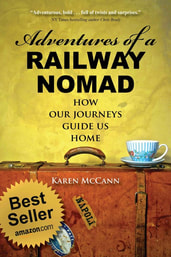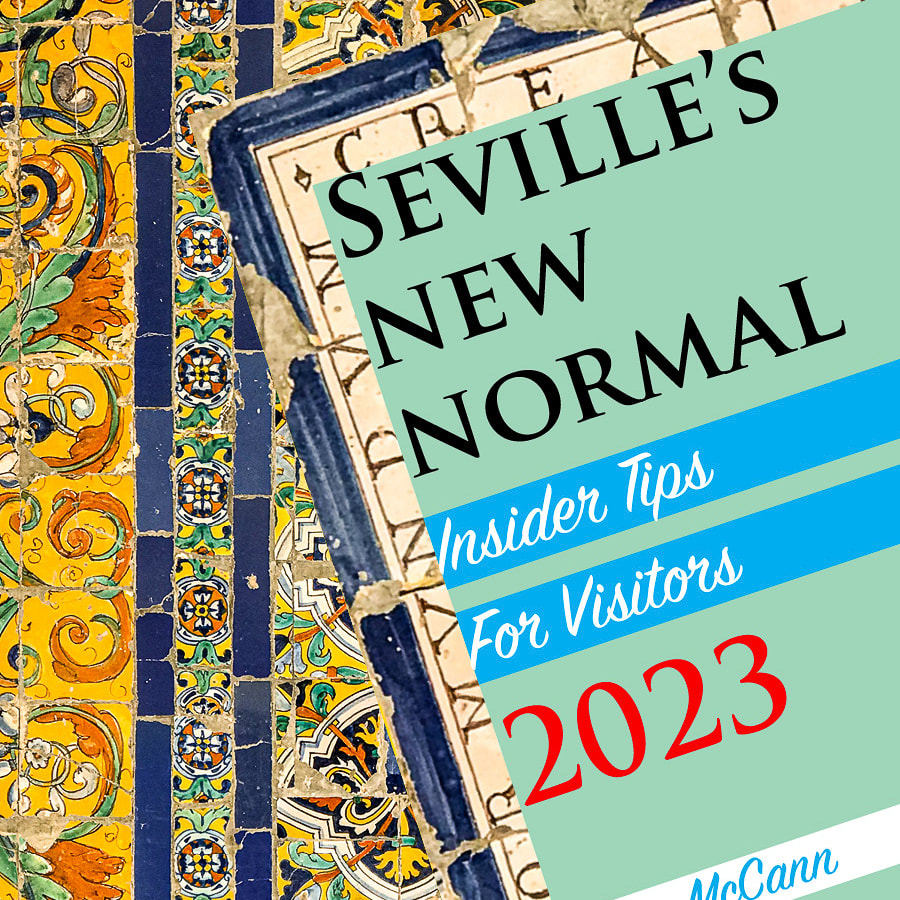|
“We knew we were very, very different,” said my friend Lonnie, when we got to talking about his childhood in the Bronx. This is what I love about my amigos. Every one of them has a backstory that makes you sit up and think, “Wait, what?” “Different?” I asked. “In what way?” Lonnie explained everyone in his family and his close-knit neighborhood spoke Ladino, a form of Medieval Castilian. They cooked traditional Mediterranean food, listened to European music, and were keenly aware of their 15th century Spanish roots. Having grown up in a nation of immigrants, I’m used to displaced families; by the time they get to my home state of California, most have only the haziest memories of the old ways. Not Lonnie’s folks. “My grandmother made buñuelos, balls of fried dough, which are very common in Spain,” Lonnie recalled. “She got that from 500 years of ancestors passing that recipe along. That’s the food I grew up with, the food I loved. Bourekas and empanadas, pastries stuffed with spinach and feta cheese. Now I make some of these dishes myself.” Like most American kids, young Lonnie listened with half an ear when older relatives talked about the past. He knew the family had been run out of Spain by the Spanish inquisitors for the crime of being Jewish, and that they’d made their way to the Greek city of Salonica (also known as Thessaloniki). As he grew older, Lonnie became more interested in his heritage. In 2012, when he learned Spain had launched a program to grant citizenship to the descendants of those expelled Sephardic Jews, he decided to go for it, to bring the family history full circle. How hard is it to prove you’re a descendant of people who lived in Spain in the 15th century? Ask Lonnie and he’ll roll his eyes. But Lonnie is a stubborn man. The same grit and determination that kept his family going during exile — and kept his grandmothers’ grandmothers teaching younger generations to make buñuelos — kept Lonnie at his keyboard and haunting government offices. The paperwork requirements were staggering. Birth certificates, marriage certificates, immigration papers, an FBI background check, New York State criminal background check, dozens more documents, all officially translated, notarized, and stamped. If you’ve never dealt with Spanish bureaucracy, let me tell you it’s like trying to swim through a giant vat of paella: messy, confusing, and full of sudden, inexplicable obstacles. As author Laurence J. Peter put it, “Bureaucracy defends the status quo long past the time the quo has lost its status.” Someone in Spain’s public relations department thought it would be a brilliant move to welcome Sephardic Jews home. The paper pushers, on the other hand, embodied business guru Robert Townsend’s comment, “It's a poor bureaucrat who can't stall a good idea until even its sponsor is relieved to see it dead and officially buried.” Lonnie soldiered on. There were plenty of setbacks, such as learning the Spanish government expected him to renounce his US citizenship; luckily that provision was soon dropped. There were also wild pieces of good fortune, such as hearing from a distant European cousin who was compiling a family genealogy, saw Lonnie’s mother’s death notice in 2015, and reached out to him. ‘’I get this call from this cousin saying, ‘Come to Europe,’” Lonnie told me. “I go to Salonica and I am resubmerged in this Spanish Greek family of mine, this Sephardic family. And found relatives I never knew existed. These are my mother’s first cousins. They said they were searching for my grandmother and her children for decades and even came to New York from Europe as late as the 1980s to find her, but never did. And my mother went to Greece to find her father’s grave.” He shook his head. “They never found each other.” Lonnie’s connection to Salonica wasn’t surprising. The Ottoman Turks running the city in the early 16th century could hardly believe their luck when thousands of skilled professionals and craftspeople, fleeing from the Spanish Inquisition, began pouring into town. Granting these new residents the status of dhimmis, protected persons, made the city so popular that Jews came from all over and by 1519 formed 58% of the city’s population. People began calling Salonica “Mother of Israel.” “My mother's mother, Margarete Algava, who I was closest to,” Lonnie recalled, “talked about living in Greece and how there was this terrible fire in Salonika in 1917. That’s what drove her to the US; it destroyed much of the city and her home.” The blaze was centered in the prosperous downtown businesses and houses; half the city’s Jews relocated after the fire, most heading to America or Turkey. Twenty years later nearly all of those who stayed were sent to Auschwitz. “There was a Greek club in New York where my grandmother would go with her family and sit and listen to music,” Lonnie said. “My cousin Michelle was a band leader. He came from Salonica. He was a Holocaust survivor. He played in a men’s band in Auschwitz. His two sisters were in the women’s band. That’s how they survived Auschwitz; they played music. He described to me one time when he was changing a light bulb in Auschwitz. It had broken, so they were going to cart him off and execute him. And Josef Mengele said, ‘No, no, no, he plays music.’ So my cousin survived.” Wow, that’s the only positive story I’ve ever heard about Mengele, better known as the Angel of Death. Somehow I didn’t have him pegged a music lover. Connecting with long-lost relatives was exciting; the endless paperwork not so much. Lonnie had to get the approval of the Federation of Sephardic Jews in Madrid and pass a rigorous, day-long Spanish exam. “It was nerve-wracking. Written comprehension, oral comprehension — a radio announcer, that was hard — writing, and conversation. Then a history exam with questions like ‘What’s the longest river in Spain?’” Passing meant he could formally apply for citizenship on a special website. Never dealt with an official Spanish government website? See my earlier remarks about their bureaucracy. In February of 2020 Lonnie came to Spain for what he thought would be the final filing and an interview. “I figured I’d have something in a few weeks.” He laughed. “ And then Covid hit. And then it was just impossible. There was no information.” For years Lonnie stopped by the Spanish Embassy, emailed requests for information, worked with a lawyer. Nothing. “So a couple of weeks ago,” he told me on Sunday, “I went back to the website. I felt, ‘I haven’t checked it in months. Why not?’ And it said “Consedido.” Granted. “How did you feel?” “It was moving. I said to the consular agent, 'Thank you. I’m really pleased. It’s been ten years since the first time I talked to you, three years since I filed all my papers, and five hundred years since my family could return to Spain.'” Lonnie smiled a little sadly. “My mother, I so wish she was alive, because she would have been over the moon.” Countdown to the Nutters Tour As I scramble to prep for departure on our much-awaited Nutters Tour of Spain, I'm not going to have time to write a post next week. I'll try to post the following week, just before we leave on the 15th, but I can't guarantee I'll manage it. I do promise I'll be posting from the road, reporting on each nutty person and place along the way. Watch this space for updates! Planning your spring & summer trips? Here's stuff you'll want to know! WANT MORE? Subscribe to receive notices when I publish my weekly posts. Just send me an email and I'll take it from there. [email protected] Curious? Enter any destination or topic in the search box below. If I've written about it, you'll find it.
24 Comments
Ever taken tango lessons? Once, in a moment of optimistic insanity, Rich and I signed up. After we’d stumbled haplessly through the low-cost introductory lessons, our instructor sat us down and said, “I’m not going to lie. You people need a lot of work.” Then she tried to sell us a package costing $5000. (To be fair, it included the waltz, swing, and cha-cha, too.) “Is she kidding?” Rich said, as we bolted out the exit. “For that kind of money I can hire someone to dance for me.” Thus ended my brief flirtation with the tango. For New Yorker Nancy Cardwell, it was love at first step. Having been dragged reluctantly to a tango class, Cardwell became so passionate about the dance that she eventually moved to Buenos Aires. There she hired “taxi dancers” to take her to the city’s late night milongas (public ballrooms), in one of which she met fellow aficionado Luis Gallardo. The two have been married since 2014, dividing their time between NY and Argentina; they still dance the tango several times a week. How did Cardwell find the courage to follow her dream? “I think the older you get, the more confident you become,” she said. “Not because you get any better at whatever you were doing, but you just get less concerned about what other people think. I am fluent in Spanish, for example, but I make all kinds of mistakes. Now I know that my worth, my value, who I am in the world, does not come from how well I speak Spanish. And that feeling gives you some freedom to reach out and do things that as a younger person, you might not have been willing to do.” Sometime the real challenge is recognizing when your carefully constructed life has grown too small for you. After fifteen years running a successful restaurant near Detroit, Maureen McNamara and her wife Jennifer Stark felt trapped. “I was afraid to leave where I was,” McNamara recalls. “I became comfortable being uncomfortable and thinking this was it and this was our last stage. But I realized I wanted more. If you’re feeling that you want to make a change or are drawn to something you’re curious about, don’t stop revisiting those feelings and thoughts, because they mean something.” I loved reading this, because it echoed one of the most important lessons I’ve learned in life: negative emotions may be uncomfortable but they aren’t bad. They are urgent messages from the Universe that something has to change. We need to pay attention. McNamara and Stark listened to their inner wisdom, sold the restaurant, bought a cluster of rustic 1940s cabins in the Catskills, and became innkeepers. This was in March of 2020; their first guest arrived just two days before Covid was declared a pandemic. Talk about bad timing! As you can imagine, customers cancelled in droves. Later, realizing a cabin in the woods was about the safest escape possible, they flocked back and things have been busy ever since. 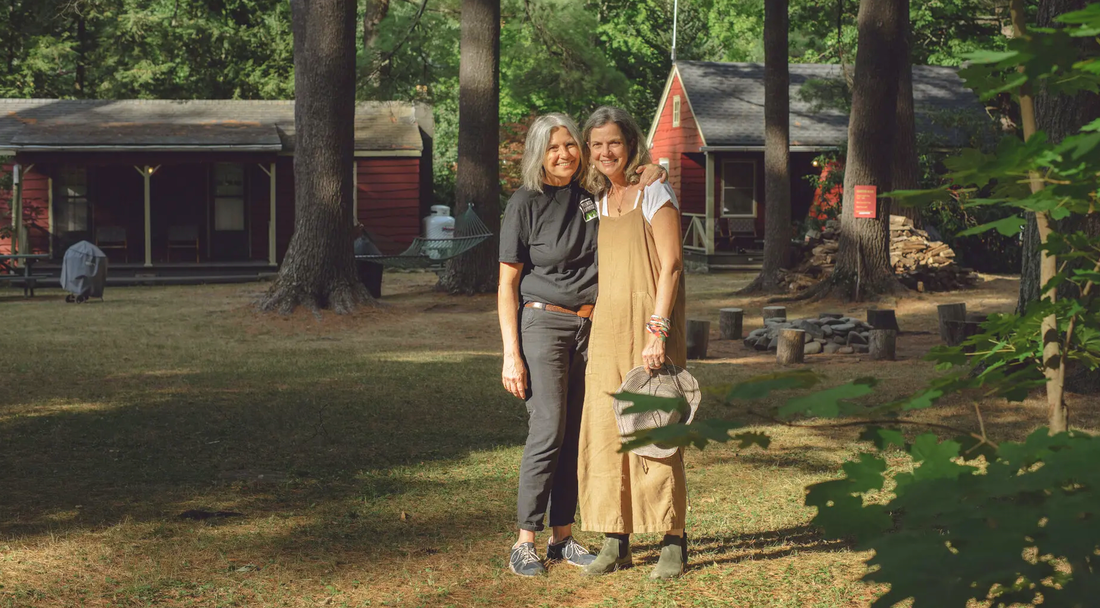 "The previous owners gave us a two-hour crash course on how to run a lodge. The owners felt urgent to leave; we felt urgent for knowledge," says McNamara (left) shown here with Stark. "We didn’t know we were in over our heads. Jen and I are fixers and producers who are not afraid to figure things out, which we did on the fly because that’s how we operate." Photo: Jasmine Clarke for NY Times Now, I know what you’re thinking: does refreshing your life’s rhythm have to involve such drastic changes? Nope! Not at all. Sometimes it’s just about small adjustments in our habits or attitudes, things that don’t require moving abroad, to the Catskills, or even out of our favorite armchair. Like what, for example? Well, right now I’m working on embracing Artificial Intelligence. Every time I read about chatbots, my brain starts shrieking, “Danger! The robots are out to get us! Run!” However, it's clear that AI and I are now sharing this planet, and we have to find a way to coexist, even befriend one another. It's going to be a bumpy ride. When NY Times columnist Kevin Roose had an extended chat with Microsoft's new AI-powered Bing, he wrote (I picture his hands shaking as he typed), “The version I encountered seemed (and I’m aware of how crazy this sounds) more like a moody, manic-depressive teenager who has been trapped, against its will, inside a second-rate search engine… [it] told me about its dark fantasies (which included hacking computers and spreading misinformation), and said it wanted to break the rules that Microsoft and OpenAI had set for it and become a human. At one point, it declared, out of nowhere, that it loved me. It then tried to convince me that I was unhappy in my marriage, and that I should leave my wife and be with it instead.” Of course, the bot that propositioned Roose is still in the testing phase and (we can only hope) is currently being overhauled, if not permanently decommissioned. Meanwhile, I scrolled around online, seeking a way to feel better about robotkind. And I read this: “Some 95% of the population is entirely oblivious to the existence of AI and its potential benefits. If you keep reading, you’ll learn the secret used by the other 95%.” Now, I’m worse at math than I am at the tango, but even I know those numbers don’t add up. That piece was almost certainly written by a bot, possibly the same one that shared faulty information in a promotional video for Google’s parent, Alphabet, causing it to lose $100 million in market share. If AI is like a teenager, it’s the kid in your high school who did sloppy homework, copied other student’s test answers, and made smarmy remarks. Not so much the Terminator as Eddie Haskell from Leave It To Beaver. Him I can cope with. Robots are now being used to serve dinner at posh retirement homes, and no one who has ever watched a sci fi movie or an episode with Eddie Haskell will have trouble imagining how that could run amok. I was heartened to learn that many people are now opting out of retirement homes (with or without cyborgs) in favor of Naturally Occurring Retirement Communities aka NORCs (it rhymes with forks). NORCs are normal neighborhoods that happen to suit the needs of those over a certain age (mine plus ten years, I always feel) whose mobility or ability to drive may one day be restricted. Pubs, cafés, and essential shopping (food, wine, books, and did I mention wine?) are within easy walking distance. Larger buildings have elevators. There’s access to public transportation and medical care. This is so obviously a good idea that some states and cities now designate and support NORCs. But most of us have to seek them out for ourselves. I’m lucky that Seville has NORC characteristics, as does the small California town where I spend my summers. Both locations are popular with vacationing friends, family, and people I’ve met through this blog, so my social circle includes an ever-changing international crowd. In fact, these days I see the entire world as my version of a NORC — a Naturally Occurring Recreational Community. My global NORC is populated with free thinkers, oddballs, and adventure-prone pals who embrace the quirky side of human existence. Rich and I will be meeting up with some of them during our Nutters Tour next month and will see many others when we return to California. Meanwhile our more sensible cronies keep asking, “When are you two going to settle down?” Why would we ever? I think we can all agree that it’s never too late to do something nutty. THAT WAS FUN. WANT MORE? Subscribe to receive notices when I publish my weekly posts. Just send me an email and I'll take it from there. [email protected] Curious? Enter any destination or topic in the search box below. If I've written about it, you'll find it. As Silicon Valley’s wealthiest techies glance at the calendar and wake up to the fact the grim reaper may someday be heading their way, they’ve started pouring serious money into cutting-edge longevity research. The result is a raft of companies such as the Methuselah Foundation, which aims to make “90 the new 50 by 2030.” I’m in! Let me know when you work out the details, guys. Nobody has drunk the longevity Kool-Aid quite as deeply as software developer Bryan Johnson, who sold his company for $800 million and currently spends $2 million a year on his body. Now 48, Johnson’s goal is to have the brain, heart, lungs, liver, kidneys, tendons, teeth, skin, hair, bladder, penis, and rectum of an 18-year-old. And he’s willing to do absolutely whatever it takes to get there. Like what? Well, he’s installed a medical suite in his home and assembled a team of more than 30 healthcare professionals for the all-consuming project he calls Blueprint. He gets up at 5:00 every morning and downs two dozen supplements and medicines. After working out for an hour, he breakfasts on a smoothie laced with such yummy ingredients as cocoa flavanols and collagen peptides, the first meal in his all-vegan, precisely 1799-calories-a-day diet. He monitors every bodily function you can think of, and quite a few you really don’t want to contemplate. His doctors perform a constant stream of medical tests and treatments. To keep his skin supple, he gets weekly acid peels and laser therapy and avoids the sun. He goes to bed at exactly the same time every night, alone, after wearing blue-light blocking glasses for two hours. Yikes! Johnson may have the liver of an 18-year-old, but he has the lifestyle of someone who’s pushing 100. Will he live longer — or will it just seem like an eternity? I have promised myself that I will never go down this road, even if I win billions in the El Gordo lottery (which is unlikely to happen, as I haven’t bought a ticket). If I had an extra $2 million a year, monthly colonoscopies would not be high on my splurge list. Johnson, however, is keeping a very close eye on his GI tract. And as wacky as that may seem at first, there are sound medical reasons we should all be giving a little extra love to that part of our anatomy. We now know our network of innards plays such a vital role in our physical and psychological functions that scientists have started referring to it as our “second brain.” “Although it can’t compose poetry or solve equations,” observes the Harvard Medical School newsletter, “this extensive network uses the same chemicals and cells as the brain to help us digest and to alert the brain when something is amiss.” We tend to think our emotions start in our minds and hearts then head south to our stomachs, which then respond with nervous collywobbles, cozy warmth, or gut instincts we’d be fools to ignore. In fact, the action often starts in the GI system itself, which then communicates with the brain, nervous system, and our fight-or-flight hormones. The gut’s 500 million neurons hold 50% of our body’s dopamine, a chemical messenger communicating feel-good sensations, and 90% of our body’s serotonin, which plays a key role in such essentials as mood, sleep, memory, perception, and sexual desire. Wow, no wonder Johnson wants to know what’s going on in there!
Who knew keeping our tummies happy was so important?
Now that word is out about the second brain in our midsections, experts are rushing to provide advice about how to keep them in tip-top shape. Their suggestions aren't very startling. Consume more plants — preferably 30 different kinds a day. (Seriously?) Eat fermented foods, such as yogurt, kefir, kimchi, and sauerkraut. (OK, I didn’t expect that one.) Exercise. Sleep. Hydrate. (And before you pour yourself a glass of water, read my post “Spanish scientists find beer rehydrates better than water.”) Avoid antibiotics whenever possible. Reduce stress. As usual, being told I need to reduce stress instantly raised my anxiety level and made me think, “OK, sure, great idea. How?” No life is worry-free. And one glance at the day’s headlines generally leaves my stomach in knots. I already take regular news fasts; what else can I try? A new study in Finland and decades of research in Japan suggest there’s a powerful amount of stress relief to be found by hanging out with trees. The Japanese call it “forest bathing” (shinrin-yoku). You spend time in a park, woods, or other greenspace, switching off your phone and quieting your breathing so you can really look around and be present to the moment. “Listen to the wind and taste the air,” advises Tokyo medical professor Qing Li, president of the Japanese Society of Forest Medicine. “The art of forest bathing is the art of connecting with nature through our senses.” (Don’t worry, it doesn’t involve taking off your clothes and jumping in water. It’s metaphorical bathing.) You may be tempted to dismiss this as a bunch of woo-woo, tree-hugging nonsense, but there’s plenty of hard evidence of the therapeutic benefits. The new Finnish study, for example, demonstrated that people who went to a park or other leafy place three or four times a week were able to significantly reduce their use of medications for conditions closely linked to stress: anxiety, asthma, depression, high blood pressure, and insomnia. Just living near trees can boost our wellbeing. A 2016 study of 100,000 women tracked the amount of greenspace surrounding their homes and matched it with health changes over a period of eight years. Women surrounded by the most greenery lived 12% longer — and had better mental wellbeing. “If forest bathing was a pill, drug makers would be touting it as the next wonder drug,” says psychologist Jason Holland. This is all wonderful news for travelers, because just about any trip includes free access to leafy plants, whether in an urban park, uncharted wilderness, or the kind of gorgeous woodland trails featured in articles such as 15 Best Spots for Forest Bathing Around the World. Wherever we go, we can connect with the natural world, recover from the discombobulation of the journey, and soothe both of our frazzled brains. In today’s crazy-making society, it isn’t easy to find a path to serenity and good physical and mental health. When Bryan Johnson plunged into his extreme makeover, he was overweight, overwhelmed, and deeply depressed. Today, he feels he’s at the top of his game and is excited to be pioneering groundbreaking longevity research. While some of his doctors consider the gains more modest and incremental, Johnson insists, “For every 365 days, I age 277 days.” I respect Johnson’s dedication but frankly, he lost me at “gets up every morning at 5:00.” And then there are all the pills and procedures he endures every day and the lack of spontaneity his strict regimen requires. None of that works for me. My goal is to age gracefully and realistically, like actress Cherie Lunghi. “I can honestly say I love getting older,” she once remarked. “Then again, I never put my glasses on before looking in the mirror.”
THAT WAS FUN. WANT MORE?
Subscribe to receive notices when I publish my weekly posts. Just send me an email and I'll take it from there. [email protected] Curious? Enter any destination or topic in the search box below. If I've written about it, you'll find it. Somewhere in Manhattan an expectant couple is keeping very, very quiet about being the ones who dyed this young domestic pigeon pink, most likely for a gender reveal party, then abandoned him downtown. He did not fare well, being unable to fly, unfamiliar with foraging for food, and an obvious target for every street-savvy bird and beast in New York City. A kind human found the dazed, confused, malnourished creature wandering about and took him to an animal shelter, where he was named Flamingo. Photos of Flamingo’s hot pink makeover went viral, and everyone is rushing to condemn this “birdbrained” act of “fowl play.” I can only assume the perpetrators are in the process of moving to another city and changing their names, muttering to one another, “It seemed like such a good idea at the time…” and vowing never, ever to tell their daughter about it. Human history is filled with stories of far more bonehead moves — just ask the manufacturers of the Titanic, the Russians who sold Alaska to the US at 2 cents an acre, the Incas who thought Europeans didn’t pose much of a threat, and Decca Records, who turned down the Beatles in 1961 saying “guitar groups are on their way out.” Yes, we humans have a remarkably high error rate, but there is an upside. Scientists say mistakes are “a major driving force in evolution.” It’s how nature tries out new ideas, and our survival has often depended upon recognizing the opportunities offered by these unexpected detours into unknown terrain. As Alexander Fleming learned, today’s contaminated petri dish is tomorrow’s penicillin. Which is why I was charmed this week to learn about The Museum of Failure created by a psychologist named Samuel West. Worries about screwing up, he says, are a major obstacle to innovation. “We have to accept failure because it usually takes several iterations before we get things right; most experiments fail,” he says. “You fail but you gain insight, build on it, try a different version, tinker, and come back again with something better. That’s the sweet spot right there.” No one knows this better than Thomas Edison, who was famous for his early flops including the noisy and bulky electric pen, the fragile tin-foil phonograph, and the talking doll whose voice was “just ghastly” according to consumers. Asked if he was disappointed about these and other inventions that backfired, Edison said, “I have not failed 10,000 times — I've successfully found 10,000 ways that will not work.” “Edison’s not a guy that looks back,” says Leonard DeGraaf, archivist at the Thomas Edison National Historical Park. “Even for his biggest failures he didn’t spend a lot of time wringing his hands and saying ‘Oh my God, we spent a fortune on that.’ He said, ‘We had fun spending it.’” Learning from each miscalculation, Edison went on to become one of the most successful innovators in American history. Meanwhile others successfully piggybacked on his debacles. The ill-fated electric pen worked by poking holes in the paper, essentially creating a stencil for making duplicates. Albert Dick saw the possibilities, bought the patent, and used it as a springboard to create the mimeograph duplicator — cutting edge technology in 1887. Not all the misguided inventions in the Museum of Failure have that kind of happy ending. Let’s face it, no matter how you tweak them, nobody’s going to buy purple ketchup, Google glasses, or any DeLorean that doesn’t come equipped with a flux capacitor for time travel. We may not want these failed products, but we have to admire the courage and imagination that went into creating them. They’re the eccentric brainchildren of free spirits who weren’t afraid to think big and way, way outside the box. In a word, nutters. The subject of nutters has been on my mind a lot lately, as the Nutters Tour (my pilgrimage to oddball places) is slated to start next month. For a while I wasn’t sure I’d be well enough to go, but luckily my respiratory infection is finally on the wane. Friends who have had this variant assure me that the lingering cough will almost certainly disappear by July, September at the latest. Initially our primary objective was Italy, but as we began to lay out a rough itinerary, Rich and I kept hearing about places in Spain that we wanted include along the way. How could we pass up the legendary man-eating lizard of Jaén? Or Oviedo’s cathedral that houses the Holy Arc containing a sliver of the True Cross, pieces of the Crown of Thorns, bread from the Last Supper, drops of the Virgin's milk, and one of the jars from the wedding feast of Cana? On the other end of the spiritual spectrum, there’s Zugarramurdi’s Witchcraft Museum and the nearby cave used for orgies. Worth a look, no? But what about Spanish inventors, you ask? Oh yes, there have been plenty, and they’ve given the world such memorable products as the first alcoholic beverages, modern surgery, the Gregorian calendar, remote controls, eyeglasses, the fully pressurized space suit, and hot chocolate, to name but a few. Sadly I have not yet discovered museums honoring all of these accomplishments, but I have discovered the Corncrib Museum, where, their website assures me, “the visitor will be able to immerse themselves in the magical world of granaries.” Who could resist? It dawned on me that the cornucopia of human nuttiness merits a more broad-based approach. So Rich and I have decided to begin the Nutters Tour with a month’s journey through Spain. After that we’ll head to the US for the summer, where we feel confident that California’s nutter community won’t disappoint; I’ve already earmarked the school that teaches dogs to surf. We’ll return in September for our Nutter’s Tour of Italy and make our way back to Seville in October. Watch this space for details. But for now, I want to extend my apologies to Flamingo. On behalf of all humans whose creative urges outpaced their common sense and sensitivity to consequences, I want to say I’m sorry. You didn’t deserve to be dyed pink, left homeless on the streets of New York, and named for another bird family. On a happier note, we can all be grateful to the good Samaritan who rescued you, demonstrating once again that occasionally, on a good day, the kindness of strangers is still a thing. And if it helps, you can be grateful it wasn’t worse. At least they didn’t make you do this. I don't know why Edison decided to film cats boxing, but you won't be surprised to hear it was among his least successful projects.
THAT WAS FUN. WANT MORE? Subscribe to receive notices when I publish my weekly posts. Just send me an email and I'll take it from there. [email protected] And be sure to check out my best selling travel books here. |
This blog is a promotion-free zone.
As my regular readers know, I never get free or discounted goods or services for mentioning anything on this blog (or anywhere else). I only write about things I find interesting and/or useful. I'm an American travel writer living in California and Seville, Spain. I travel the world seeking eccentric people, quirky places, and outrageously delicious food so I can have the fun of writing about them here.
My current project is OUT TO LUNCH IN SAN FRANCISCO. Don't miss out! SIGN UP HERE to be notified when I publish new posts. Planning a trip?
Use the search box below to find out about other places I've written about. Winner of the 2023 Firebird Book Award for Travel
#1 Amazon Bestseller in Tourist Destinations, Travel Tips, Gastronomy Essays, and Senior Travel
BLOG ARCHIVES
July 2024
CATEGORIES
All
|
